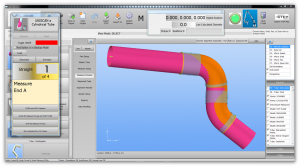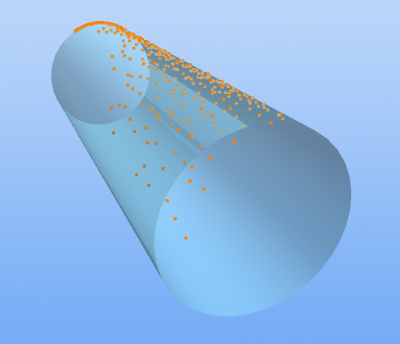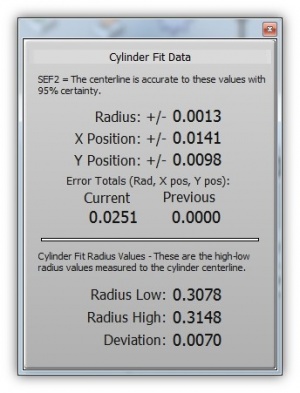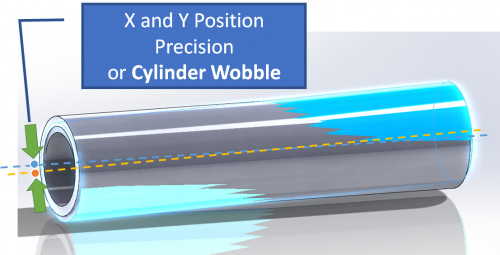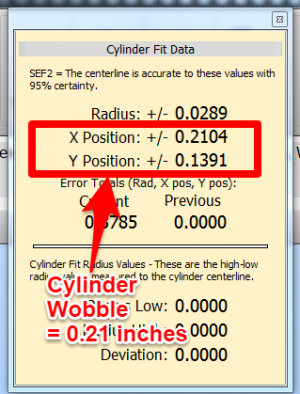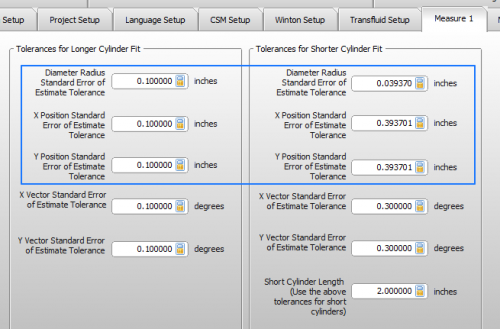Difference between revisions of "VTube-LASER Cylinder Fit Tolerances"
(→Default Values) |
(→Recommended Aerospace-Grade Cylinder Fit Tolerances) |
||
| Line 98: | Line 98: | ||
</table> | </table> | ||
| − | == | + | ==Lower Aerospace-Grade Cylinder Fit Tolerances== |
| Line 104: | Line 104: | ||
<tr valign=top> | <tr valign=top> | ||
<td width=300> | <td width=300> | ||
| − | Aerospace-grade materials are | + | Aerospace-grade materials are more precise compared to other applications. For aerospace applications, we recommend that you use tighter tolerances like the ones shown here.<br><br> |
The XY Positions are set to 0.030" for longer straights, and 0.050" for shorter straights. ("Short" is also definable with the variable in the lower right corner. It is set to 2" length by default.) | The XY Positions are set to 0.030" for longer straights, and 0.050" for shorter straights. ("Short" is also definable with the variable in the lower right corner. It is set to 2" length by default.) | ||
</td> | </td> | ||
| Line 113: | Line 113: | ||
</table> | </table> | ||
| − | |||
==Why Are There Separate Values for Shorter Straights?== | ==Why Are There Separate Values for Shorter Straights?== | ||
Revision as of 22:55, 20 February 2017
|
Why Do We Need Cylinder Fit Tolerances?
|
VTube-LASER uses scanned surface points to calculate tube centerlines. |
The Cylinder Fit Data Window Reports How Well the Centerline Fits the Surface Data
Cylinder Wobble - The highest of the X or Y values
|
To simplify visualizing the X and Y positions, we say that the highest of the X and Y values is the "cylinder wobble". The cylinder wobble in the example on the right is 0.21 inches - because it is the higher of the two values. |
Cylinder Fit Tolerances
|
VTube-LASER uses tolerance values to decide when to warn you about potentially poor cylinder measurements. |
Default Values
|
The default values are designed as a good starting point in the VTube-LASER setup. They are excellent for quite demonstrations of the software, and work great for tubes that have a lot of deformation in the straights. |
Lower Aerospace-Grade Cylinder Fit Tolerances
|
Aerospace-grade materials are more precise compared to other applications. For aerospace applications, we recommend that you use tighter tolerances like the ones shown here. |
Why Are There Separate Values for Shorter Straights?
|
Math engines cannot calculate short straights as accurately as long straights. This has to do with the nature of cylinder math. It's a common issue with all measuring centers. Because of this, we know that VTube needs to be more patient with when fitting a cylinder centerline when the straight length is below a certain value. |
How to Test for Your Ideal Cylinder Fit Tolerances and Set That as Your Default Setup
|
You can adjust the tolerances in System Options to better fit your application and increase the assurance that your centerline is a good fit to the surface data. Test for ideal cylinder fit tolerance settings by measuring tubes and watching the tolerance values in the Cylinder Fit window. As an example, if you never see deviations over 0.014" (like shown on the right), you could set the tolerance value to 0.030" (which is double the max observed). If a cylinder fit deviation exceeds double the norm, then you can safely assume that there is a problem in the measurement, and you should be warned. When watching for these values during measurements, keep in mind that you need to consider both the longer straight and shorter straight tolerances. Short straights will nearly always need higher tolerances. To change the default values, be sure to CLEAR the VTube-LASER project first, then press the "Set Project Default State to the current state" button. This will use the new default cylinder fit tolerances for all new projects. |
Other Pages
- Back to VTube-LASER
- Back to VTube-STEP

